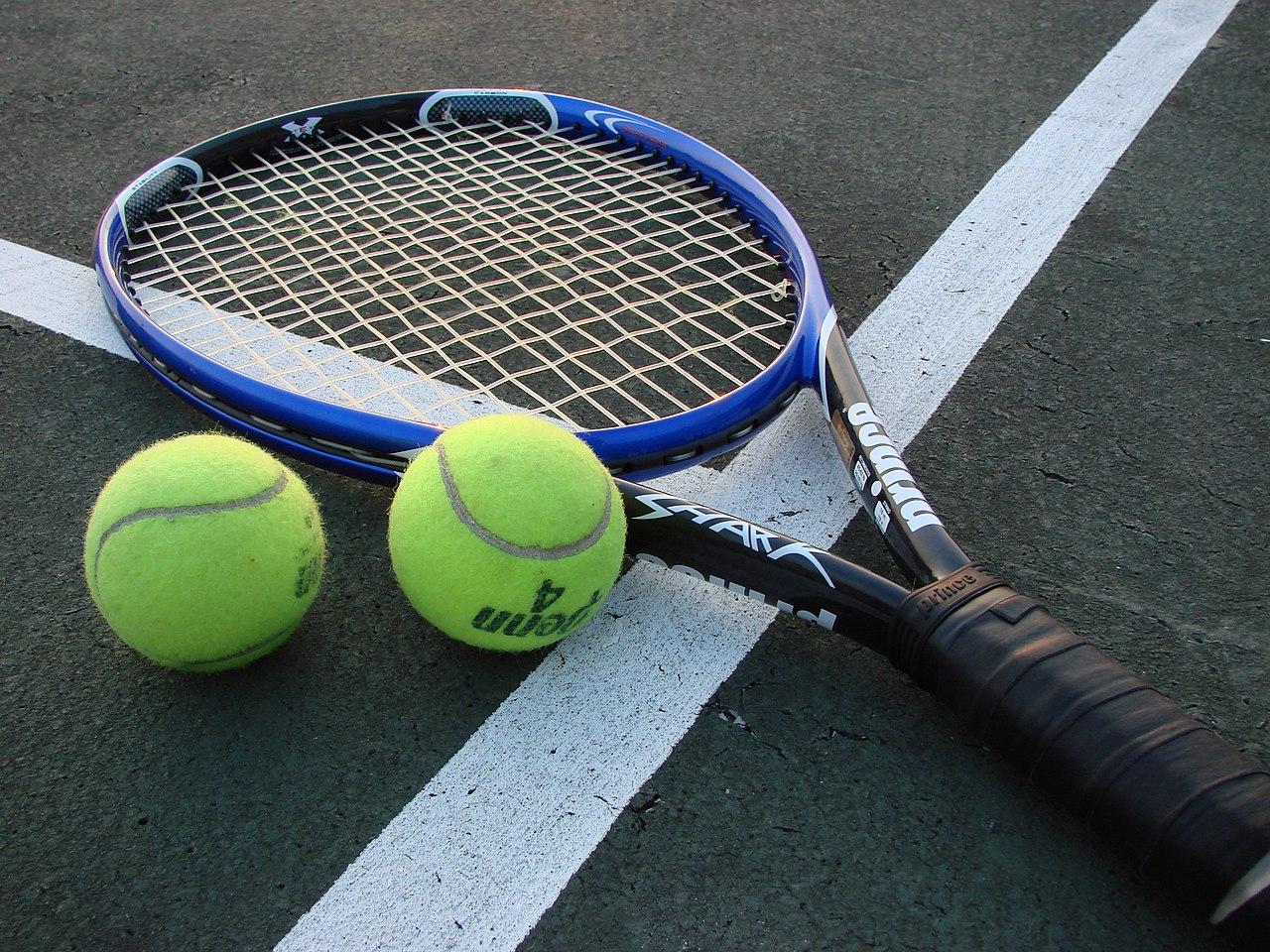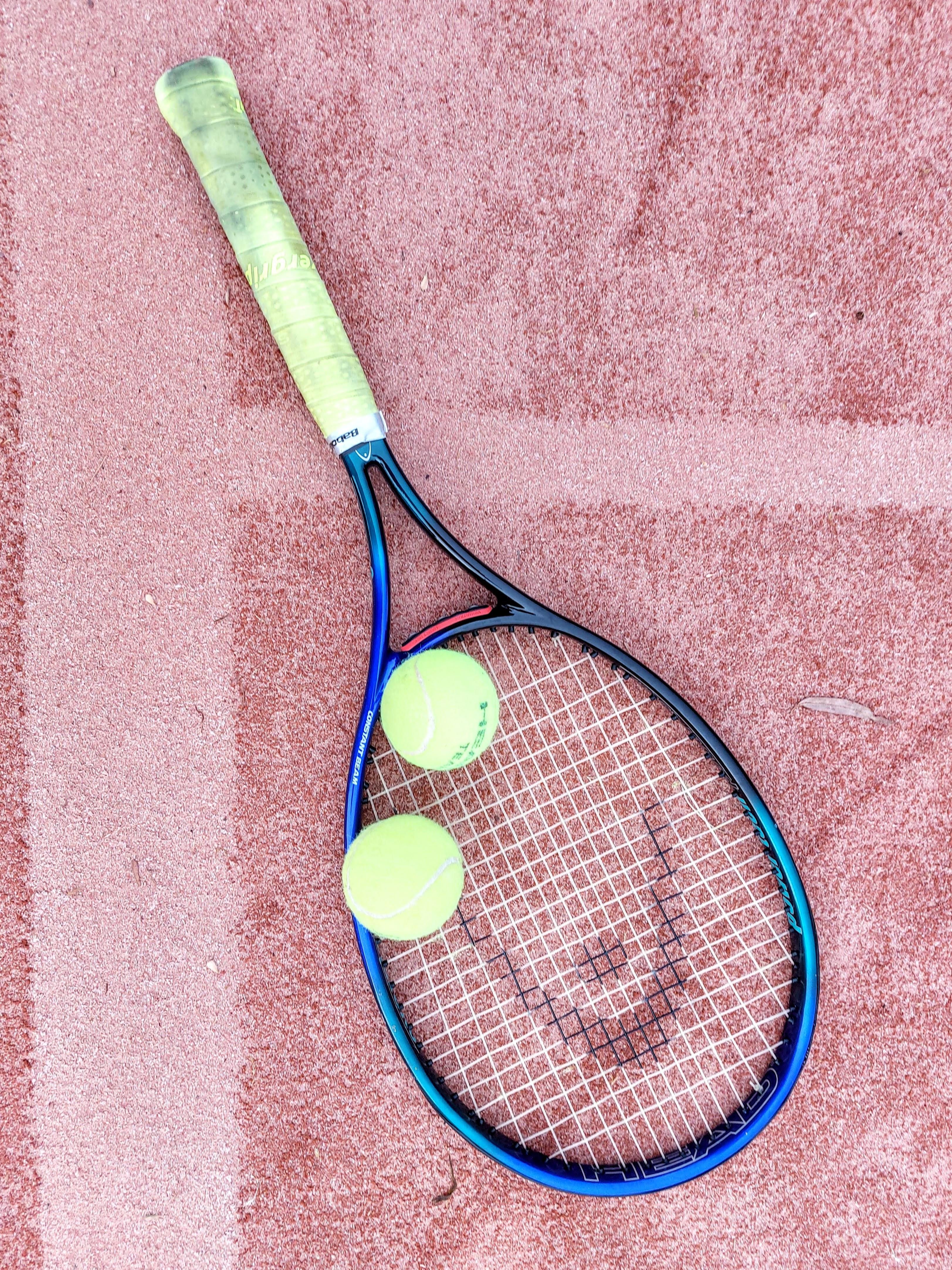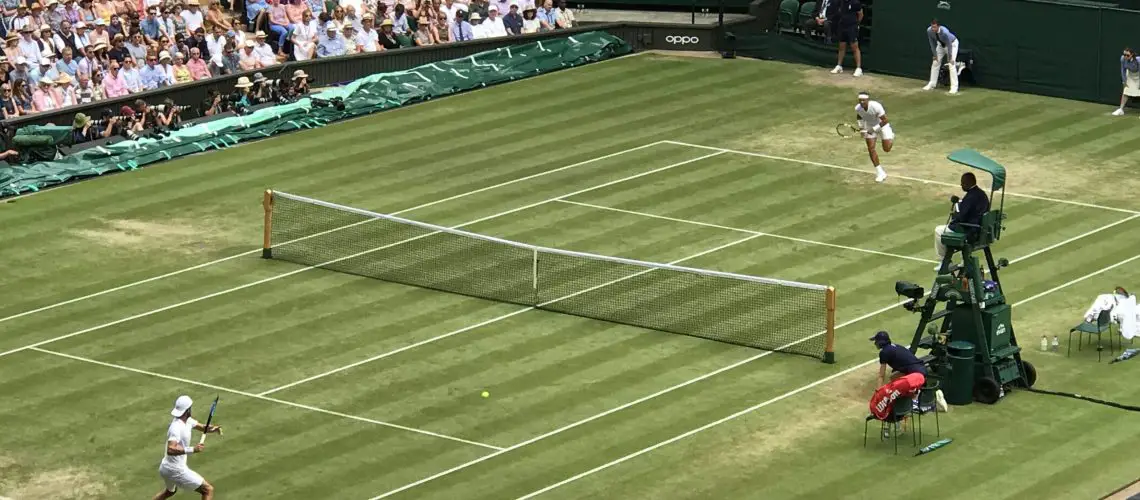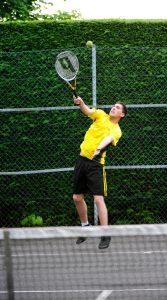We may earn money or products from the companies mentioned in this post.
Introduction

Have you ever been bothered by the annoying squeaking sound your tennis shoes make? It’s a common issue that many people face, and it can be quite frustrating But fear not! In this article, we will delve into the reasons behind squeaky shoes and explore the importance of addressing this issue for both comfort and performance on the court We will also provide you with a comprehensive overview of various solutions to stop your tennis shoes from squeaking, so you can enjoy a quiet and comfortable game Let’s dive in!
The Common Issue of Squeaking Tennis Shoes
Squeaky tennis shoes can be a nuisance, distracting not only to yourself but also to those around you The reasons behind this pesky problem can vary One common cause is moisture trapped between the sole of your shoe and the surface you’re playing on, such as a wet court or grassy field Another factor could be worn-out or poorly constructed shoe components, like insoles or outsoles rubbing against each other
It’s important to address this issue because squeaky shoes can have an impact on your overall comfort and performance during gameplay Imagine trying to focus on your next shot while being constantly reminded of that irritating noise Moreover, it can affect your confidence on the court if you feel self-conscious about drawing attention due to the squeaking sound
Solutions to Stop Tennis Shoes from Squeaking
Luckily, there are several effective solutions available that can help eliminate those bothersome squeaks from your tennis shoes:
-
Clean and dry your shoes:
Start by thoroughly cleaning your shoes with a mild detergent and warm water solution Once clean, ensure they are completely dry before wearing them again Moisture trapped inside the shoe can contribute to squeaking -
Apply talcum powder or baby powder:
Sprinkling a small amount of talcum powder or baby powder inside your shoes can help absorb moisture and reduce friction This can be particularly useful if you frequently play on damp surfaces -
Replace worn-out insoles or outsoles:
Over time, the insoles and outsoles of your tennis shoes can wear down, leading to increased friction and squeaking Consider replacing these components if they show signs of excessive wear and tear -
Lubricate problem areas:
Apply a small amount of lubricant, such as silicone spray or WD-40, to areas where your shoe components rub against each other This can help reduce friction and eliminate squeaks -
Tighten loose parts:
Check for any loose parts on your tennis shoes, such as laces or fasteners Tighten them securely to minimize movement that could cause squeaking during gameplay
We hope these solutions will help you put an end to the annoying squeaks coming from your tennis shoes Remember, comfortable footwear is essential for optimal performance on the court So take the necessary steps to ensure your shoes are silent companions during every match!
Identifying the source of the squeak

Have you ever experienced that annoying squeak coming from your shoes? It can be quite frustrating, especially when you’re trying to make a quiet entrance or simply enjoy a peaceful walk But fear not! With a little detective work, you can identify the culprit behind this pesky sound and put an end to it once and for all
Differentiating between external and internal causes
The first step in solving the mystery of the squeaky shoe is to determine whether the cause is external or internal External factors typically include debris lodged in your shoe’s outsole, wet surfaces causing friction, or worn-out soles that have lost their grip On the other hand, internal factors may involve issues with your insoles, arch support, or even the construction of the shoe itself
Steps to pinpoint the exact cause
To narrow down the source of that bothersome squeak, follow these simple steps:
-
Listen closely while walking on different surfaces:
Pay attention to when and where the noise occurs Does it happen only on certain types of flooring? Is it more noticeable when walking uphill or downhill? By listening carefully as you move around, you can gather valuable clues about what might be causing the squeak -
Inspect for visible signs of wear and damage:
Take a close look at your shoes’ soles and other components Are there any visible signs of wear or damage? Check if any debris is trapped in the grooves of your outsole Examine your insoles for any signs of deterioration Sometimes a simple visual inspection can reveal exactly what’s causing that unwanted noise
Solving the mystery behind a squeaky shoe can be a satisfying endeavor By differentiating between external and internal causes and following the steps to pinpoint the exact source, you’ll soon be enjoying quiet footsteps once again So put on your detective hat and get ready to silence that squeak!
Solutions for External Causes of Squeaking

Cleaning Techniques for Removing Debris and Dirt
When it comes to dealing with squeaky shoes, one common culprit is the accumulation of debris and dirt Luckily, there are simple cleaning techniques that can help alleviate this issue Grab a soft brush or cloth and gently remove any surface dirt that may be causing the squeak For more stubborn stains, washing your shoes with mild soap and water can do wonders in restoring their cleanliness
Addressing Moisture-Related Issues
Moisture can often be the root cause behind those annoying squeaks coming from your beloved sneakers Learning how to dry your shoes properly without causing damage is crucial in combating this problem Allow your shoes to air dry naturally after wearing them, avoiding direct heat sources that could potentially warp or melt certain materials
Another effective way to prevent moisture buildup is by utilizing silica gel packets or other desiccants These handy little pouches work by absorbing excess moisture within your shoes, keeping them dry and reducing the chances of squeaking caused by dampness
Dealing with Worn-Out Soles
If you’ve tried cleaning your shoes thoroughly and addressed any moisture issues but still find yourself plagued by squeaks, it might be time to examine the soles Over time, the soles of our favorite tennis shoes can wear out, leading to unpleasant noises as we walk
In such cases, resoling your shoes can be a viable option By replacing the worn-out soles with new ones, you not only resolve the squeaking problem but also extend the lifespan of your footwear
However, if your tennis shoes have reached a point where they are beyond repair or resoling isn’t an option due to extensive damage, it may be time to bid them farewell and consider investing in a new pair While parting ways with our favorite sneakers can be difficult, sometimes it’s the best way to ensure comfort and silence during your walks or workouts
Solutions for Internal Causes of Squeaking

Have you ever experienced the annoying sound of your shoes squeaking with every step you take? It can be embarrassing and distracting, but fear not! There are solutions to tackle those internal causes of squeaking Let’s dive into some practical tips that can help put an end to this noisy problem
Tackling Insole-Related Problems
One common culprit behind shoe squeaks is the insole Over time, dirt, sweat, and moisture can accumulate within the insole, causing friction and resulting in those unpleasant noises To combat this issue:
-
Removing and Airing Out Insoles Regularly:
Take out your insoles regularly to allow them to air out This helps prevent the buildup of moisture and odor-causing bacteria -
Investing in High-Quality Replacement Insoles:
If your current insoles are worn out or damaged, consider investing in high-quality replacement ones Look for options that provide good cushioning and support for maximum comfort -
Applying Baby Powder or Talcum Powder:
Another trick is to sprinkle a small amount of baby powder or talcum powder beneath the insole This helps reduce friction between your foot and the shoe, minimizing the chances of squeaking
Managing Issues Related to Arch Supports
Inadequate arch support can also contribute to shoe squeaks To address this concern:
-
Ensuring a Proper Fit Between Arch Support and Shoe:
Make sure that your arch supports properly align with your shoes Poorly fitted arch supports may cause unnecessary pressure points that lead to squeaking -
Maintaining Cleanliness by Washing Arch Supports Periodically:
Keep your arch supports clean by washing them regularly This helps remove any dirt or debris that may have accumulated, ensuring optimal performance and reducing the chances of squeaks
Addressing Shoe Construction Concerns
The construction of your shoes can also play a role in causing squeaking sounds For effective solutions:
-
Consulting with a Professional Cobbler for Potential Solutions:
If you’ve tried various methods without success, it might be time to seek advice from a professional cobbler They can assess the shoe’s construction and provide tailored recommendations to eliminate the squeaking issue -
Selecting Tennis Shoes Made from High-Quality Materials and Construction Techniques:
When purchasing new tennis shoes, opt for those made from high-quality materials and construction techniques These are less likely to develop internal causes of squeaking, ensuring a smoother and quieter stride on the court
In conclusion, there are several practical ways to address internal causes of shoe squeaking By taking proactive steps such as maintaining cleanliness, investing in quality replacements, and seeking professional advice if needed, you can enjoy a more peaceful and silent walking experience Say goodbye to those annoying noises and step confidently with every stride!
Useful Links

How to Stop Shoes from Squeaking on any Floor type
How to Stop Sneakers From Squeaking? | 5 Helpful Ideas …
How To Stop Shoes Squeaking
How To Make Your Shoes Not Squeak
How To Make Shoes Stop Squeaking: 10 Fixes
Squeakless Shoes: The Proven Guide On How To Stop …
How to Stop Squeaking Running Shoes
How do you stop the soles of shoes from squeaking?
How to Stop Shoes From Squeaking on Hard Floors [10 Tips]
How to Fix a Squeaky Shoe
Squeaky Orthotics | Podiatrist In Campbell, CA
Squeaking Shoes: 3 Top Tips to Keep Them Quiet
Squeaky Orthotics Solutions
What can I do if my HOKA’s are squeaking?
How To Stop Shoes From Squeaking – Any Shoe, Any Floor
4 Ways to Stop Your Leather Footwear from Squeaking
How to fix squeaky shoes
How To Stop Shoes From Squeaking On The Outside






